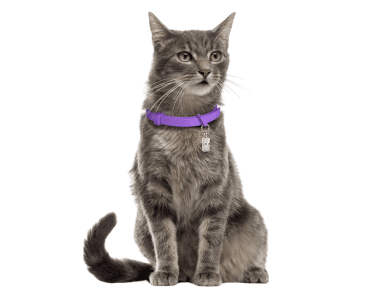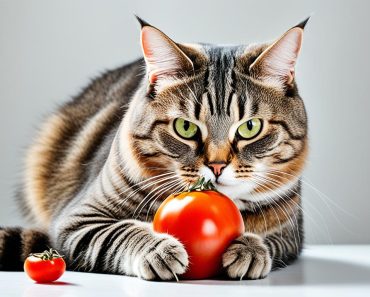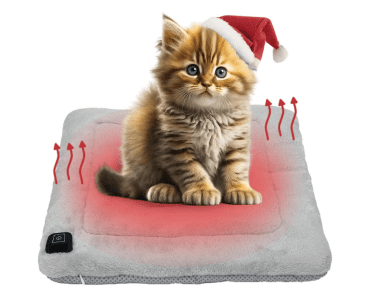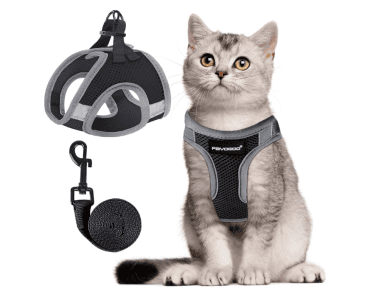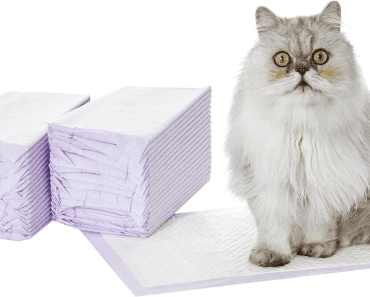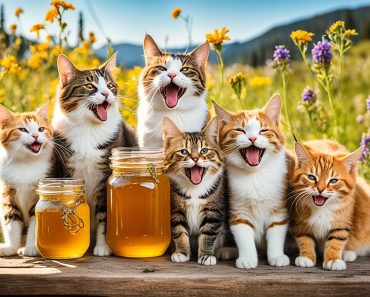As a cat owner, I often find myself wondering about the best ways to provide my furry friend with a nutritious diet. Recently, the question of whether cats can eat kale has piqued my curiosity. After conducting thorough research on feline nutrition, I am excited to share my findings with you.
So, can cats eat kale? The answer is yes, but with a few caveats. Kale is a leafy green vegetable that offers several health benefits for both humans and cats. It is rich in essential vitamins such as A, C, and K, as well as minerals like calcium, iron, and fiber.
However, it is important to introduce kale slowly and in small amounts to your cat’s diet. Cats are obligate carnivores, meaning their bodies are designed to thrive on a primarily meat-based diet. While kale can provide some nutritional benefits, it should not be the main component of their meals. Instead, it should be offered as an occasional treat or supplement to their regular cat food.
Can Cats Eat Kale? Yes, they can, on occasional basis.
- Kale can be safely consumed by cats in small amounts as an occasional treat.
- Kale is high in vitamins A, C, and K, as well as calcium, iron, and fiber.
- Kale should not make up the majority of a cat’s diet, as they require a primarily meat-based diet for optimal health.
- Other cat-friendly leafy greens include spinach and Swiss chard.
- Always consult with a veterinarian before introducing any new food into your cat’s diet.
The Nutritional Benefits of Kale for Cats
Kale is a nutrient-dense vegetable that offers numerous health benefits for cats. Its high content of vitamins A, C, and K makes it an excellent addition to a cat’s diet, promoting their overall wellbeing. Vitamin A supports proper eye health and immune function, while vitamin C acts as an antioxidant, helping to protect the body against damage from harmful free radicals. Vitamin K plays a vital role in blood clotting and bone health, ensuring that your cat’s body functions optimally.
In addition to vitamins, kale is rich in essential minerals. Calcium is necessary for strong bones and teeth, and iron is crucial for the production of red blood cells. By providing these nutrients, kale can help maintain your cat’s bone health and prevent anemia.
Kale also contains fiber, which aids in digestion and helps regulate bowel movements. Including kale in your cat’s diet can promote a healthy digestive system and prevent constipation. The fiber content can effectively support your cat’s gastrointestinal health and contribute to their overall well-being.
Feeding your cat kale can be an excellent way to supplement their diet and provide them with additional nutrients. However, it’s essential to remember that kale should only be offered in small amounts and as an occasional treat. Cats are obligate carnivores, and their diets should primarily consist of meat-based foods. Incorporating kale can be a beneficial addition, but it should not replace their essential nutritional requirements.
Introducing Kale into Your Cat’s Diet
When introducing kale or any new food to your cat, it’s crucial to do so gradually. Start by offering a small piece of kale as a treat and monitor your cat’s reaction. If they enjoy it and tolerate it well, you can consider increasing the portion size slightly. However, it’s essential to maintain moderation and balance in your cat’s diet.
Precautions and Risks of Feeding Kale to Cats
While kale is generally safe for cats to eat, there are some precautions and risks to consider when incorporating it into their diet. Here are a few important factors to keep in mind:
Introducing Kale Slowly
Some cats may be hesitant to try kale due to its taste or texture. To ensure a positive experience, it’s best to introduce kale slowly. Start by offering a small amount and observe your cat’s response. If they show interest and tolerate it well, you can gradually increase the portion size over time. Remember, every cat is different, so be patient and adjust accordingly.
Washing and Pesticide-Free
Prior to feeding kale to your cat, it is essential to thoroughly wash it to remove any dirt or potential contaminants. Cats are sensitive to pesticides, so opt for organic or pesticide-free kale whenever possible. This extra step helps ensure the safety and well-being of your cat.
Not a Main Component
Although kale offers nutritional benefits, it should not be the main component of a cat’s diet. Cats are obligate carnivores, meaning they require a primarily meat-based diet for optimal health. While adding small amounts of kale as an occasional treat can contribute to their overall nutrition, it should not replace their essential meat intake.
Avoiding Digestive Upset
Feeding large quantities of kale to cats can lead to digestive upset and imbalances in their nutritional intake. It’s crucial to follow moderation when offering kale. Incorporating it as part of a varied diet, alongside other safe vegetables, helps prevent any potential issues.
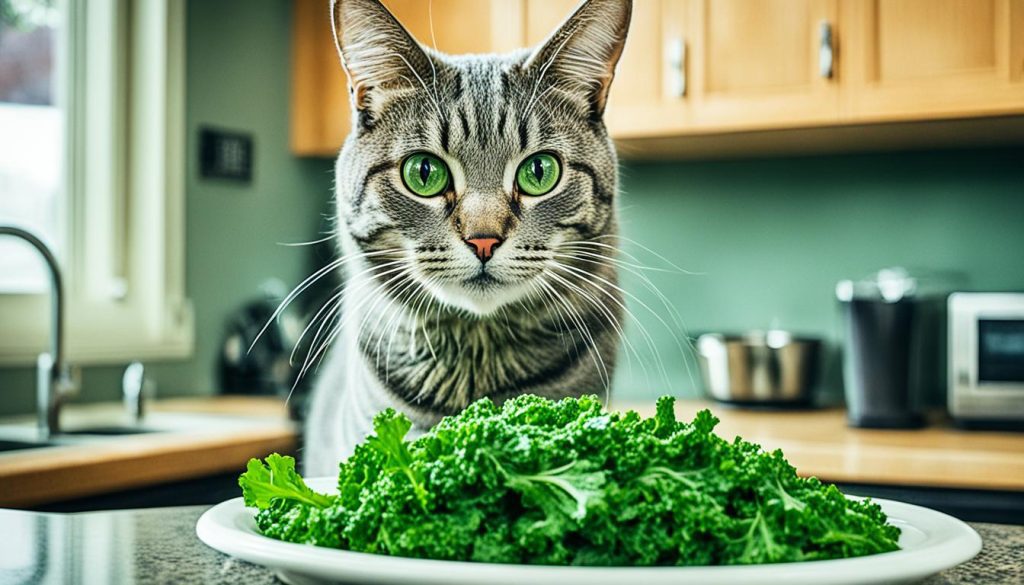
Remember, cats have specific dietary requirements, and it’s always best to consult with a veterinarian before making any significant changes to their feeding habits. They can provide tailored guidance based on your cat’s individual needs and overall health to ensure a nutritious and balanced diet.
Can Kale Cause Harm to Cats?
While kale is generally considered safe for cats to eat, there is conflicting information regarding its potential harm. Some sources suggest that kale can lead to anemia in cats, while others believe it is safe for feline consumption. To ensure the well-being of your cat, it is always best to consult with a veterinarian before introducing kale or any new food into their diet.
If you decide to feed your cat kale and notice any adverse reactions or changes in their health, it is essential to discontinue feeding it to them. Cats can have individual sensitivities, so it is crucial to monitor their response to determine if kale is suitable for their digestive system.
Remember, a balanced feline diet is key to their overall health and well-being. While kale contains beneficial nutrients, it should not be the primary component of their diet. Cats require a primarily meat-based diet to meet their specific dietary needs.
Other Safe Vegetables for Cats to Eat
While kale can be a safe and nutritious option for cats, there are also other vegetables that cats can safely eat. It’s always good to offer cats a variety of vegetables to ensure they receive a balanced diet. Some examples of cat-friendly vegetables include:
- Spinach: Rich in vitamins A, C, and K, spinach is a nutrient-dense leafy green that can provide cats with added nutritional benefits.
- Swiss Chard: Another leafy green similar to kale, Swiss chard is packed with vitamins and minerals that can support feline health.
- Cabbage: Cabbage is a low-calorie vegetable that can be a healthy addition to a cat’s diet, providing fiber and various vitamins.
- Broccoli: Broccoli is a cruciferous vegetable that offers a good source of vitamins and minerals. However, it should be given in small amounts, as large quantities may cause digestive upset in some cats.
- Cauliflower: Another cruciferous vegetable, cauliflower is a nutritious option for cats, containing vitamins and minerals that can support their overall health.
- Collard Greens: Collard greens are rich in vitamins and minerals, making them a nutritious addition to a cat’s diet when served in moderation.
These vegetables offer similar nutritional benefits to kale and can be introduced into a cat’s diet in moderation. Remember, vegetables should not make up the majority of a cat’s diet; they should be offered as occasional treats or supplements to their regular cat food. Always consult with a veterinarian before introducing any new food to your cat’s diet to ensure it is appropriate for their individual needs.
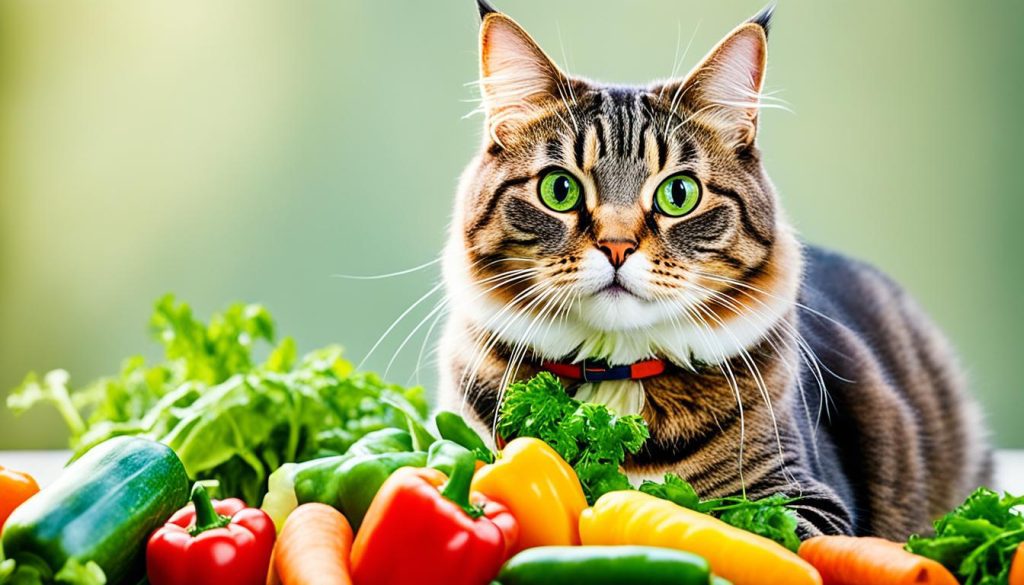
How to Introduce Kale to a Cat’s Diet
When it comes to introducing kale or any new food into a cat’s diet, it’s important to proceed with caution and take things slow. Start by offering small amounts of kale and closely monitor your cat’s reaction. Observe their behavior and ensure that they enjoy and tolerate it well before increasing the portion size.
Remember, kale should not make up a large portion of a cat’s diet. While kale is nutritious, cats primarily require a meat-based diet for optimal health. It’s essential to provide them with the necessary animal proteins and fats that their bodies need. Consider kale as an occasional addition or treat rather than a main component of their meals.
If you’re unsure about how to incorporate kale into your cat’s diet or would like more guidance, it’s always best to consult with a veterinarian. They can provide expert advice tailored to your cat’s specific needs and ensure that their overall diet remains balanced and nutritionally complete.
Introducing kale or any other new food into a cat’s diet can be exciting, but it’s crucial to prioritize their health and well-being. By taking gradual steps, monitoring their response, and seeking professional guidance, you can safely introduce kale into their feline nutrition routine and provide them with a diverse and nutritious diet.
Conclusion
Cats can enjoy kale as a healthy addition to their diet. Kale is packed with essential vitamins and minerals that contribute to feline nutrition, including vitamins A, C, and K. However, it is important to note that kale should only be given to cats as an occasional treat and not as the main component of their diet. Feeding kale in small amounts can provide cat owners with a way to add variety to their furry friend’s menu.
While kale is safe for cats, it is crucial to introduce it gradually and in moderation. Moreover, it is always a good idea to consult with a veterinarian before incorporating any new food into your cat’s diet. Your vet can provide insights based on your cat’s specific health needs and offer tailored advice on the best vegetables for your furry friend’s overall well-being.
Remember that a nutritious cat diet should primarily consist of high-quality, meat-based foods. While leafy greens like kale can offer additional nutritional benefits, they should never replace the essential protein and amino acids found in meat. When it comes to feeding cats vegetables, including kale, it’s all about balance and moderation.

